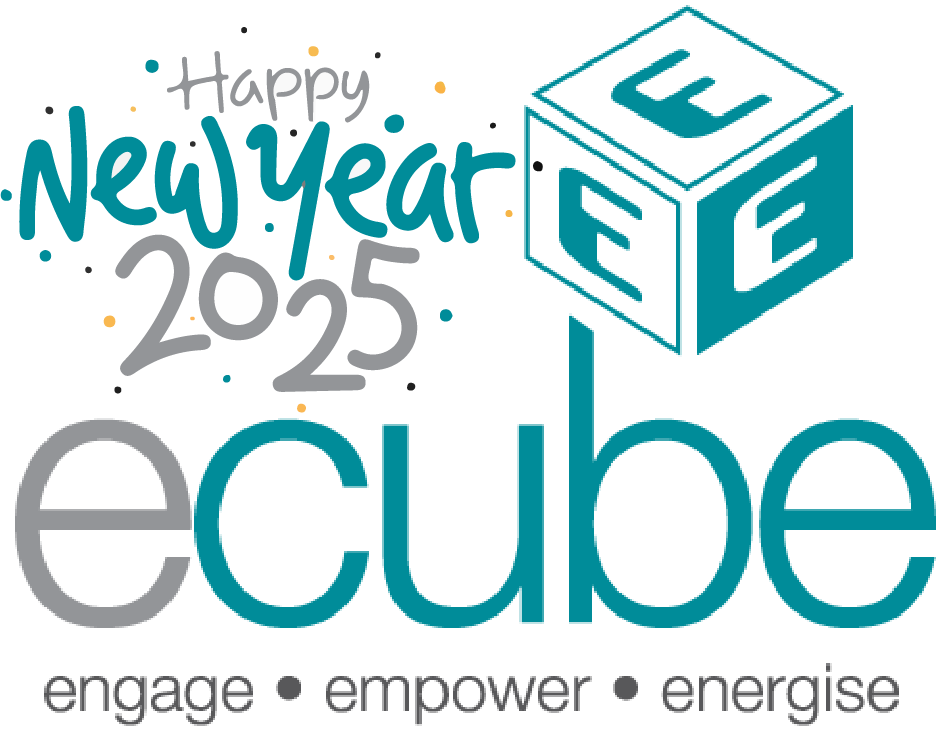Empathy is the skill of active listening, it is the identification and understanding of another person’s situation, feelings, motives and approaching an interaction with an open mind. Empathy comes with a sense of responsibility. It may be a sense of responsibility towards the person, both internally and externally.
A’s – Acknowledge, Appreciate, Affirm, Assure
ACKNOWLEDGE : Acknowledging improves relationships and often deepens emotional intimacy. Acknowledge that they have struggled, you do not have to fix a situation; you do not have to say the perfect thing to fix the problem. They are just looking to connect with someone who might have an idea of where they are emotionally and understanding that the person has an issue and are quite upset about it.
APPRECIATE : Appreciation is a source of encouragement. The most effective way to empathize a person is through appreciation. The easiest, simplest and most effective way of appreciating someone by smiling or saying a kind word about them and encouraging them to keep their lead. It also makes what is excellent in others belong to us as well.
AFFIRM: Affirmation is caring about other people’s feelings. A positive affirmation can be used to improve empathy towards others. Express the connection that you found when you listened. Affirmation is built by an emotional support or encouragement.
ASSURE: The positive approach of making the opponent speaker feel that everything is going to be alright. An uncomplicated way to build a connection is by offering simple words like “you are not alone”, “thank you for sharing”, “we are here if you need to talk”. Present yourself to listen to them and assure them of being sensitively aware.
Established in the United Arab Emirates, Ecube has been successfully delivering leadership, management and soft skills training programs to corporate. It’s training titles include situational leadership, time management, stress management, customer service and sales training across the Gulf including Qatar, Oman, Saudi Arabia, Bahrain and Kuwait. Every training session is preceded by a training needs analysis and is followed by measurement of training results.


